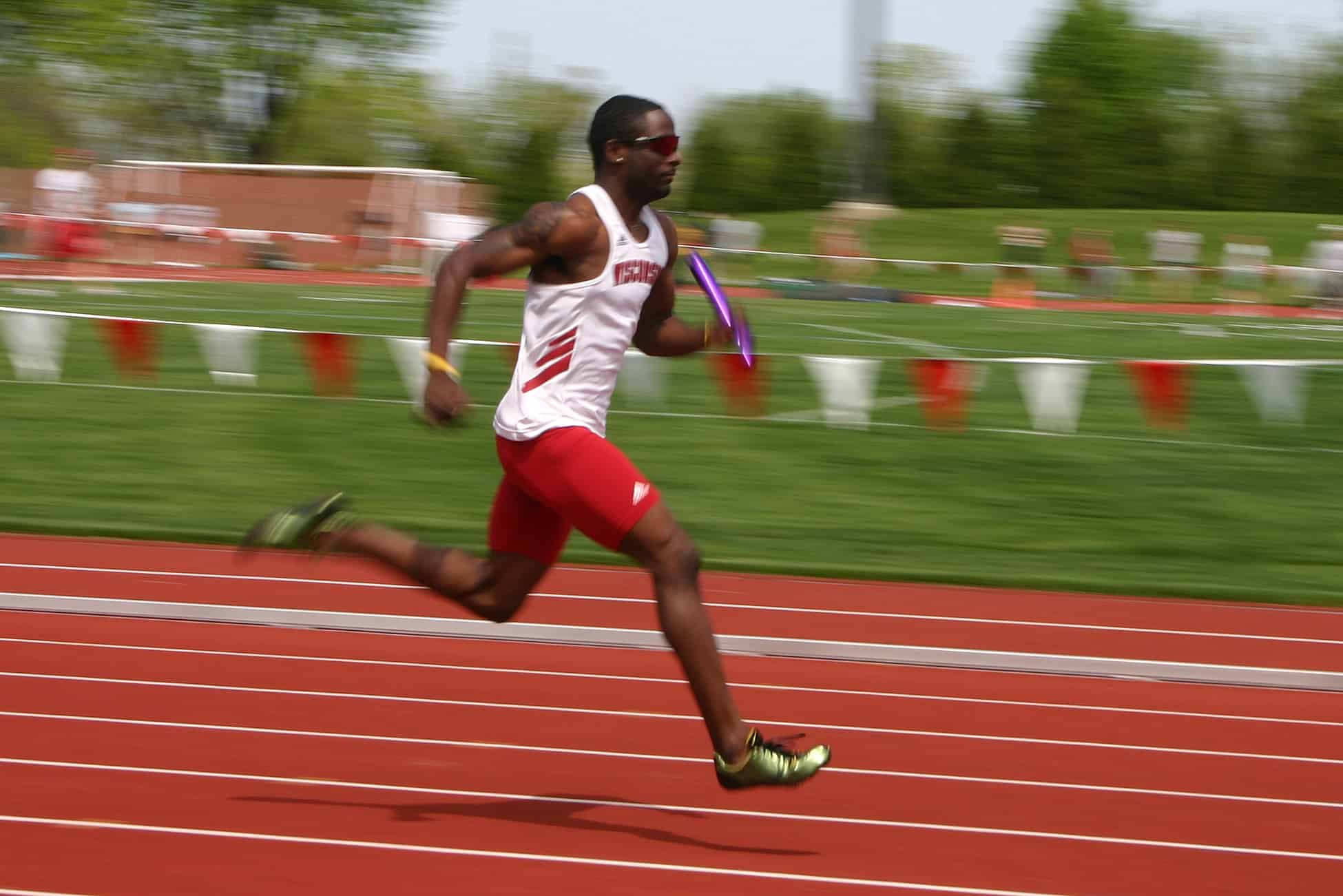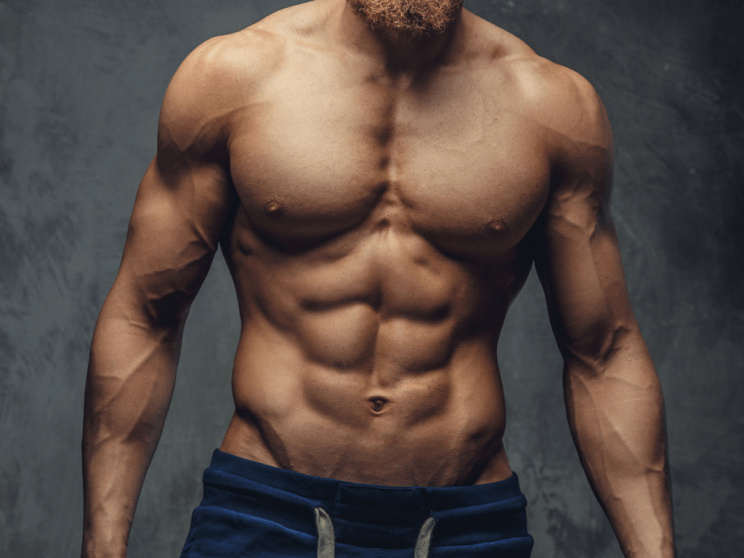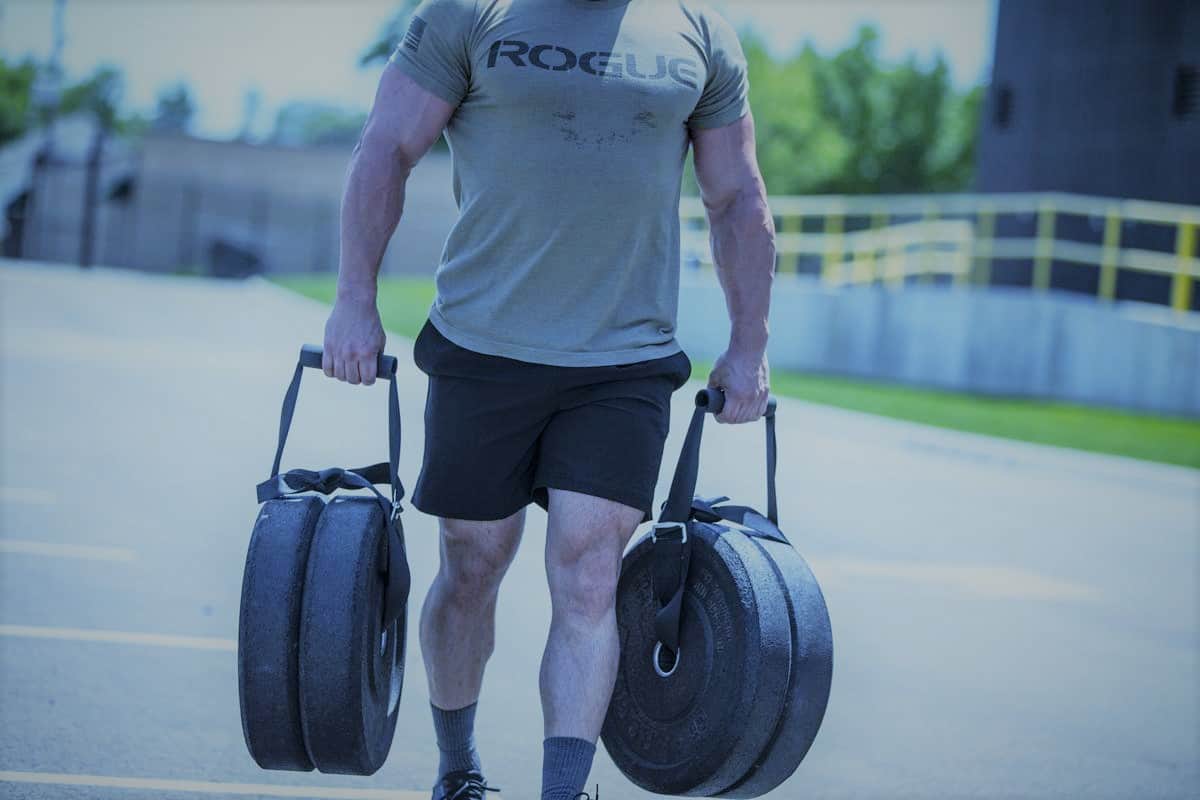Nearly every athlete can benefit from powerlifting. Not only does a stronger body last longer and prevent injury, but it lets you take tasks in stride. It improves your energy economy – and helps you endure better. We’re not just talking about carrying heavy things or curling a lot of weight – everything that requires explosive, fast movement, requires powerful, strong muscles.
Purge yourself of the false image of a sluggish hunk failing to throw a good punch after the third round and consider the raw energy and force behind every one of Tyson’s hooks. Strength – in balance with conditioning and technique – is one-third of a vital triumvirate in any athletic endeavor. Even the world’s best sprinters are only as good as their legs and hips – and we’ve got the science to back up that athletes can benefit from powerlifting.
Stronger Athletes are Better Athletes
Picking up a barbell and lifting with it doesn’t immediately turn you into a big hunk. If it did, well, millions of lighter lifters like me would be quite grateful. But instead, it takes years of planning out meals, lifting heavy, and sacrificing late nights for good sleep to grow into a big and heavy lifter, and some of us never make it.
Along the way, however, we get stronger and stronger. And that strength comes into handy long before the body becomes accustomed to lifting and only lifting.
The three main lifts: the bench press, squat, and deadlift – are and have been a staple in weight rooms for college sports for decades. But I want to take it a step further and argue that every sport can benefit from powerlifting: good form, heavy weight, low reps.
My first point is that a stronger athlete is a better athlete. Let’s go over what we currently know.
We know that strength training contributes to injury prevention in athletes of a variety of sports. It does so by reducing the impact of other activities on the body via stronger muscles and ligaments, and tougher bones.
We know strength training plays a vital role in rehabilitation after an injury as well. Again, for the same reasons.
We know that strength training improves flexibility and sprinting speed.
We know strength training improves the vertical jump and explosive strength.
We know strength training (particularly training for “greatest muscular strength” contributes to athletic performance in several other important ways, including “general tasks” such as the ability to change direction quickly.
Athletes need to train efficiently, and training for strength is a big contributor to overall athleticism. Why not stick to something more power-specific like weightlifting, then?
Powerlifting Is Simple
It’s easy to learn, easy to teach, and easy to correct. Weightlifting is a meticulous technique-based sport – it requires years of practice to get “good”, and you’ll still have kinks to iron out. You can’t start as a weightlifter and get good at weightlifting without fully dedicating yourself to it. The same goes for powerlifting to a degree – ultimately, the “odd lifts” as they were once known are far easier to learn and teach than a proper clean, a good split jerk, or a real snatch.
It’s not a question of effectiveness in this case – it’s a question of how much time it takes to train an athlete to clean and snatch safely before they can translate the benefits of that training into their sport, without risking injury (let’s not forget, weightlifting does have a slightly higher incidence of injury than powerlifting).
Deadlifts and squats are intuitive, and the problems some athletes have with them can be coached out without taking weeks of practice and millimeter-specific corrections.
Powerlifting is a Low Injury Activity
I’ve touched on this briefly, but it bears mentioning in the context of how athletes can benefit from powerlifting. A lot of people avoid lifting weights because they’re worried about injuries. But powerlifting boasts a lower injury rate than any contact sport, as well as a lot of other common activities like running.
It’s a low-impact sport that emphasizes good form – and we’re not talking about showing up at a commercial gym and bench pressing for the first time without a spotter and with no knowledgeable instructor in sight. We’re talking about athletes who are coached professionally, and how they benefit from a sport that, given the context, is going to be taught properly and picked up quickly.
Deadlifting is Still the Most Functional Thing You Could Do at A Gym
Last but not least, if there’s an exercise I think most athletes would benefit from, it’s a properly instructed deadlift.
I don’t think anyone who isn’t training in strength sports needs to go for a one-rep max (though a coach could argue that it provides a boost of confidence and self-esteem that helps during a tough season), but heavy deadlift training is undoubtedly an effective way to train the oft-neglected posterior chain, and work on a variety of relevant athletic attributes, including grip strength, hip drive, stiff spine, core bracing, lat engagement, and leg strength.
Powerlifting is not the end-all-be-all for athletic strength training, but the deadlift is certainly an important cornerstone for a good strength and conditioning plan – whether with a stiff bar, a hex bar, or with bands and chains and explosive pulls.
Want to lift heavier and avoid injuries? 💪🔥
Download our FREE '5-Minute Warm-Up Routine for Maximum Lifting Performance' and get primed for every workout!
Click below to grab your copy now!👇
👉 Download the Free Guide




